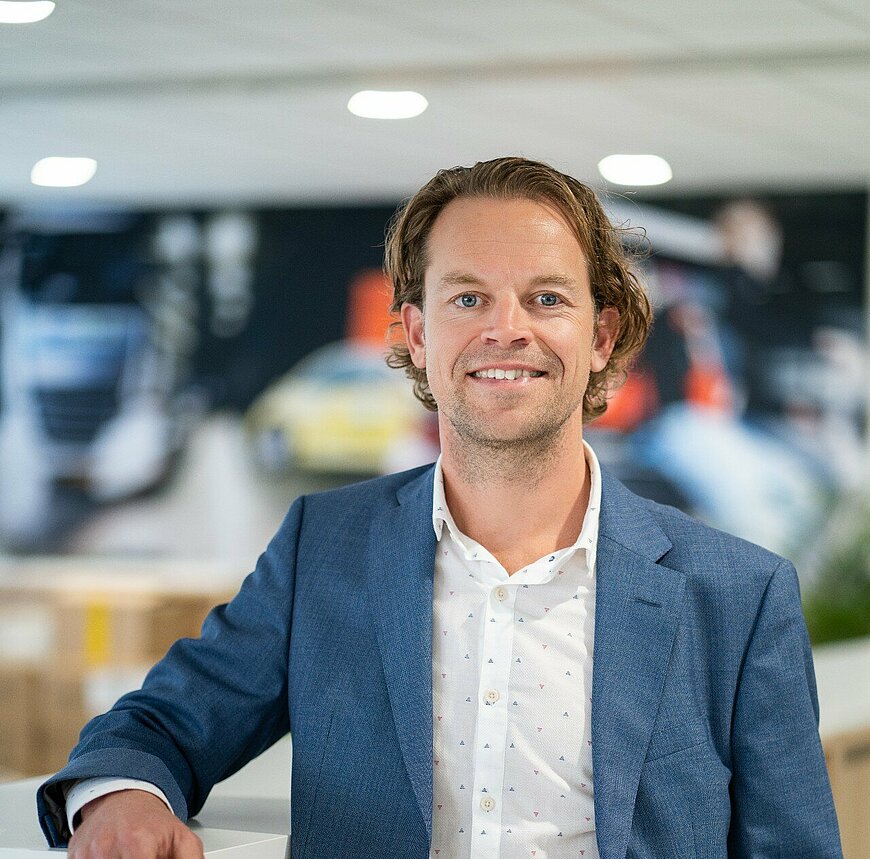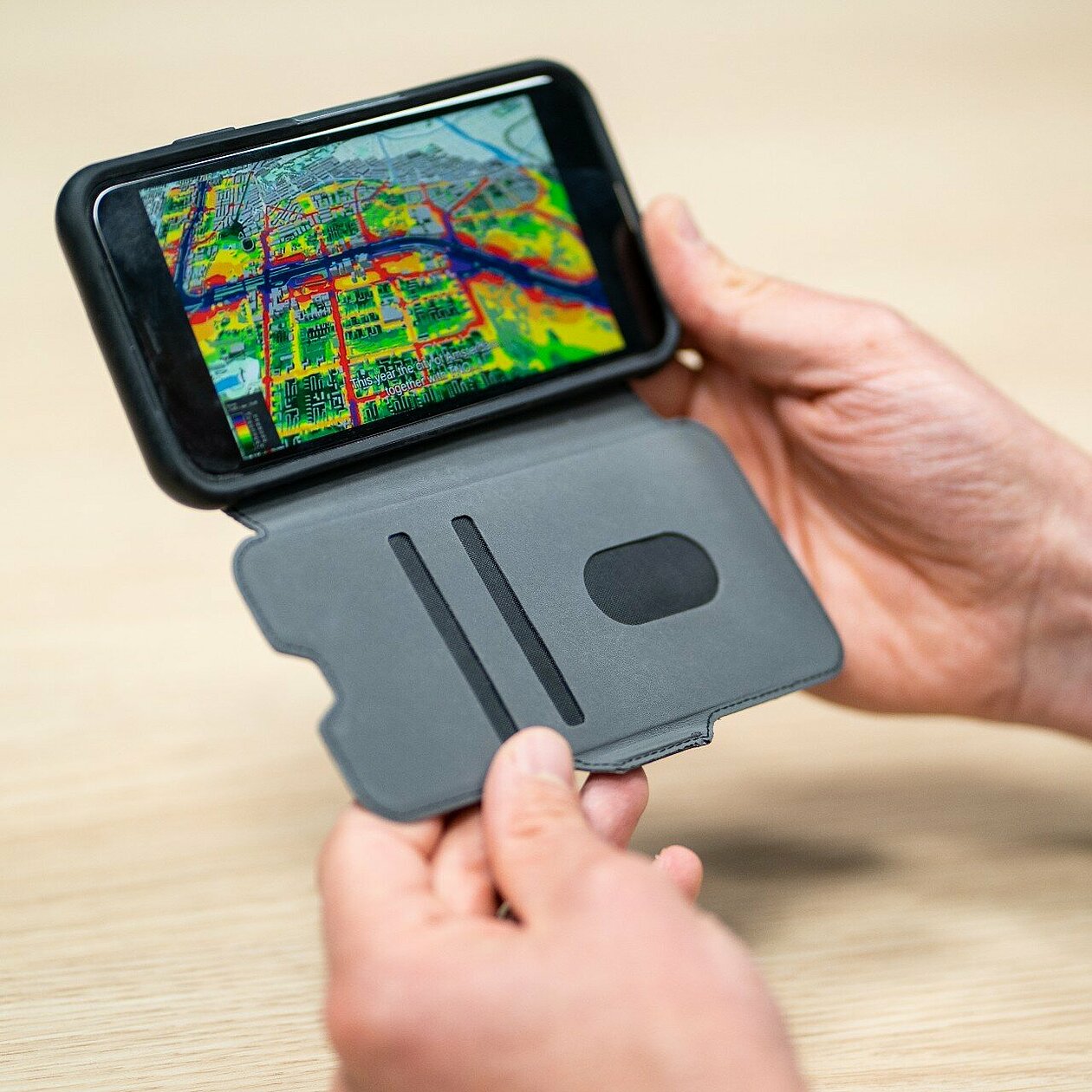'AI can help humans function better'

My name is Chris van der Valk and I am Senior Project Leader at TNO. I work for the department Sustainable Urban Mobility and Safety which is part of the unit Traffic and Transport. I lead several projects, working with municipalities, ministries and provinces. One of the projects I work on is about the use of Artificial Intelligence in relation to mobility.
AI uses computer systems, mimicking human intelligence. What I find especially fascinating is the self-learning ability of this technology. The system itself learns what goes well and what doesn't, thereby improving its own algorithms. But the ethical social side also fascinates me; smart computer applications are becoming increasingly important in our lives, and have implications for society. AI is meant to help people, and that's also where the biggest challenge comes in. Like that people get to see a lot of fake news and disinformation, because they get stuck in certain algorithms on social media. I think it's important that we use systems and computer applications, to improve people's lives.

What innovation have you developed?
We predict, using Artificial Intelligence, what choice people make for their transportation from A to B. Based on data, we train an AI model so that it can predict certain characteristics of a trip, and fill in the origin or destination of a trip. It gives us insight based on what principles people choose the mode of transportation for their trip. Within that model, we can turn knobs; for example, suppose you increase parking rates, what effect does that have on the desired trip? So we can use AI to make predictions and let the model itself indicate what it bases its choice on. The AI model provides explanations, but also indicates where there is uncertainty. We are trying to strengthen these latter options at TNO.
For cities, this kind of prediction can be an important part of achieving their mobility goals. When reducing car trips, for example, it makes sense to know why people choose a particular mode of transportation. Money provides a lot of insight into this; it tells us at which price level people do or do not use public transport. Or at which parking rates people leave their cars more readily. So the model can offer various insights to help policymakers achieve their goals.
In what ways is AI helping to solve global challenges?
The human brain has quite a few limitations. Generally, we don't realize this very well. For example, we have biases and make thinking errors. And we often think of ourselves as more intelligent than others. Because of this overestimation, we have to deal with climate change and species extinction, for example. Things are not going well, which are partly due to our limitations. It would be nice if AI helped humans function better.
Help with our functioning can be done even with simple systems. A great example is the Apgar score; a simple checklist with five parts, which tests whether a baby is OK. Doctors and obstetricians worldwide use this tool, which has helped enormously in preventing infant mortality. Because pediatricians did not apply their knowledge systematically after a birth, but acted out of intuition, they forgot to check important indicators. So a checklist that should always be gone through can help prevent something as important as infant mortality. If we learn to use AI, software and computers intelligently, we can reduce human limitations and improve even more complex cases.

What will the resident of Brainport and the Netherlands notice from this innovation?
I hope that this innovation will help city or provincial policy makers to create a well thought-out mobility policy. In which the wishes of residents in terms of mobility, livability, safety, clean air or less traffic are central. Our tool contributes to making better decisions in those areas.
What is your advice for other organizations and entrepreneurs to get started with AI?
Don't underestimate the importance of data, for creating a reliable AI model. But also the amount of work it takes to properly prepare that data to be leveraged for a reliable AI system. In our project, we experiment and set short-term goals. We take a short-cycle approach where we constantly evaluate and adjust. With AI, you are engaged in a continuous innovation process, and you should not be afraid to make sharp choices in it. If we notice that something is not working, we stop.